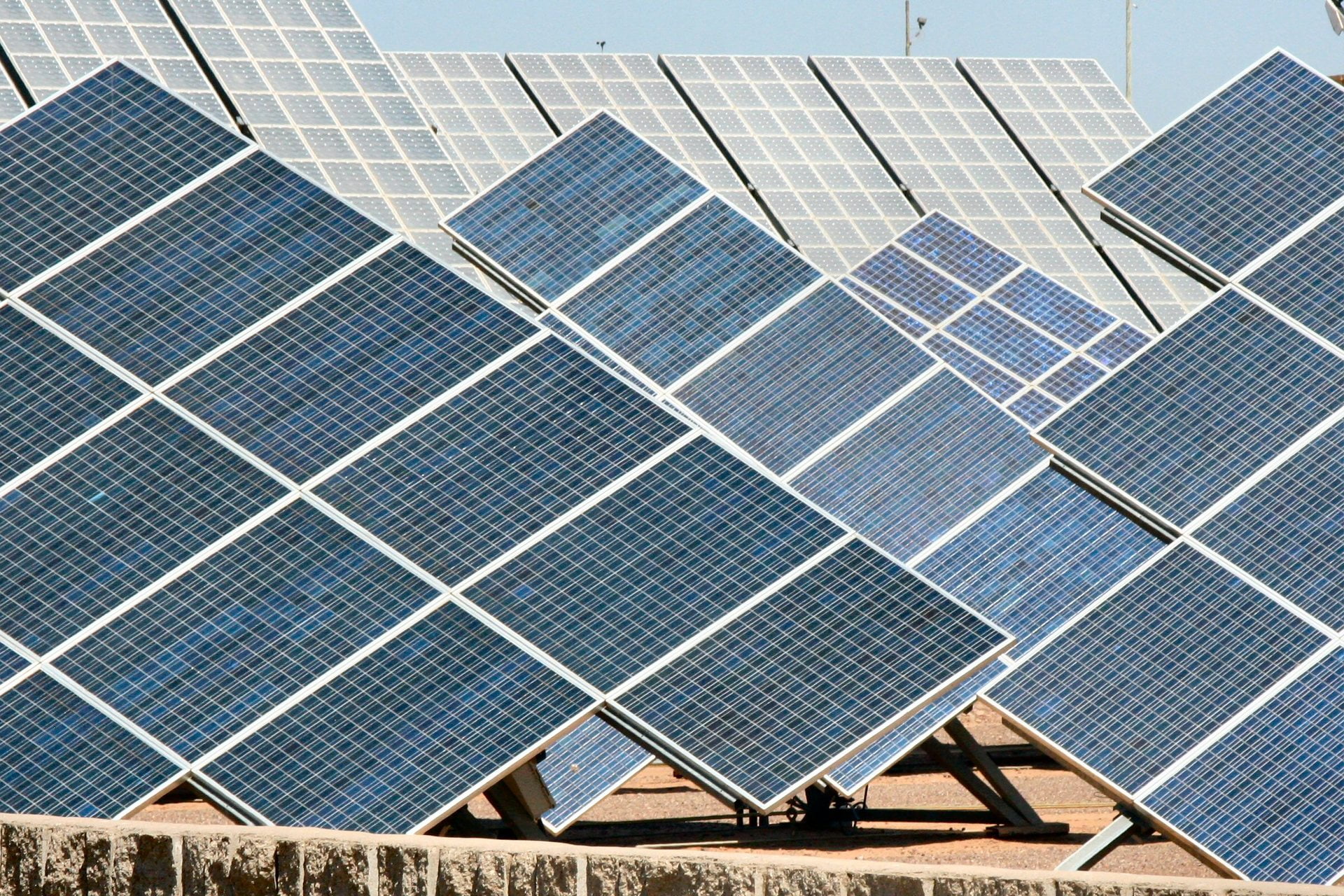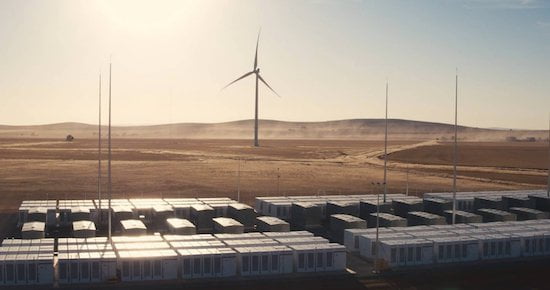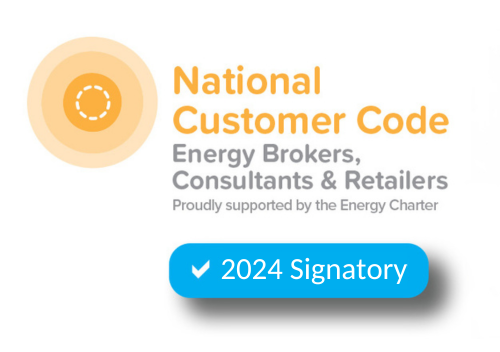Australia’s National Energy Market rules no longer make sense and need to be updated to reflect the fast-paced transition that the country is making towards renewable energy sources, said Australian Energy Market Operator Chief Audrey Zibelman.
Ms Zibelman has made similar statements before, but this latest and harshest one comes days after the publication of a 72-page AEMO report flagging the urgent need for the design and adoption of new market and regulatory changes.
The report found that based on recent experiences of operating the markets, it is clear that the National Energy Market (NEM) no longer achieves optimal outcomes for customers and investors.
Audrey Zibelman says solar and storage makes NEM no longer fit for purpose

AEMO said the rapid changes occurring in our supply mix, electricity demand and weather now require consideration whether aspects of the arrangements continue to be fit for purpose, and reflect the dynamic and evolving needs of future energy customers.
It also said that the huge upsurge in the uptake of rooftop solar and battery storage by households and businesses makes the current rules no longer fit for purpose.
AEMO chief makes recommendations to overcome challenges
AEMO also made recommendations to address some of the challenges it outlined, including:
- A more encompassing and holistic view of the needs of the future framework be taken
- Consideration of an operational reliability standard beyond the existing Reliability Standard, which factors in a level of the reserve to manage power system reliability during extreme conditions.
- Strategic reserves that the power system needs, reserves that sit outside the market (that respond quickly and are available when we need them) should a gap in supply and demand arise. These reserves should be procured in a more efficient manner possible to reduce costs to consumers.
- A better mechanism to pay for reliability and flexibility.
The report reads: “Based on the changes we see in the system, AEMO is concerned that the current market design is not sufficiently valuing resource characteristics of flexibility and dispatchability.”
It also states: “In the absence of a market design change, sufficient investments in new resources or existing resources that provide dispatchable capability are unlikely to occur.”
AEMO wants to stimulate discussions on things such as day-ahead markets, demand response, strategic reserves, and valuing flexible performance.
AEMO said its report factors in the National Energy Guarantee and makes it clear that the NEG addresses just a few aspects of Australia’s reliability and security challenges.
The report was issued a day after the Australian Energy Market Commission released its annual assessment of the performance of Australia’s energy markets.
Among other findings, the AEMC’s said changes in the energy system – more wind and solar, less coal generation – was weakening the system.
In a statement, AEMC Chief Executive Anne Pearson said: “The good news is there’s enough generation and demand response capacity in the power system over the short and medium-term.
“But with more weather-driven generation, and more coal-fired generation leaving, the technical characteristics of the grid are changing.”
Changing energy generation sources are opportunities

AEMO said the uptake of wind and solar, the rollout of storage, the use of behind the meter generation, changing temperatures are opportunities rather than just negatives.
It said the immediate future is expected to see growth in battery storage, pumped hydro, and connected and standalone micro-grids and micro markets.
It also said that many of the changes in technology and resources that are creating challenges can also become solutions.
“Specifically, the advent of advanced intelligence in the networks, and increased levels of distributed energy resource investment that supports more elastic and flexible price-responsive demand can become an asset for supporting reliability in a more efficient manner if they can be relied upon by AEMO.”
AEMO also referred to changing climate conditions and the increasing weather impacts on the energy system.
It said that this factor must be taken into account because of the effect of heat on ageing coal power plants and on the increasing use of weather-dependent energy sources such as wind and solar.
In 2017, more than 50 sudden outages were recorded at coal and gas plants, including more than 10 in the month of March.

AEMO referred to figures issued by the Bureau of Meteorology and said that 2017 was Australia’s third-warmest year on record, with the average mean temperature 0.95 °C above the 1961-1990 average.
It also said the grid was experiencing more peaks, increasing the need for fast-reaction dispatch technology.
AEMO said: “The NEM has served Australia’s energy customers well for many years, but, as with all markets undergoing transformation, it is appropriate to consider whether aspects of the arrangements continue to be fit for purpose, and reflect the dynamic and evolving needs of future energy customers.”
Pre-internet technology does not make sense – Audrey Zibelman
“You can’t expect the technology to move as fast as it is and the market design to stay the same as it was in the 1990s – almost pre-internet … it doesn’t make sense,” Ms Zibelman said.
“What we need to do is to modernise our regulatory and market systems to take advantage of these changes … and to smooth the transition.”
Zibelman said two important trends in the energy market now were the falling cost of renewables, and the rapid uptake of rooftop solar by consumers.
Zibelman also spoke of the “incredible uptake of rooftop solar”, which is now running at more than 1GW a year, and could within a decade account for 30-40 percent of demand in places such as South Australia.

Ms Zibelman also spoke of the need for increased interconnection between grids, and to unlock renewable energy zones – which could ensure that large-scale renewables are not built in areas where their output would have to be curtailed because of lack of infrastructure.
She also spoke of the rapid digitisation of energy technologies, and the need for storage to deal with increasingly variable output as the penetration of wind and solar increases.
Zibelman said that in 10 years time, the influence of distributed energy – rooftop solar, battery storage, and smart software – would mean smart homes and consumers who understood their appliances, such as pool pumps, rooftop solar, fridges, would respond to price signals.






